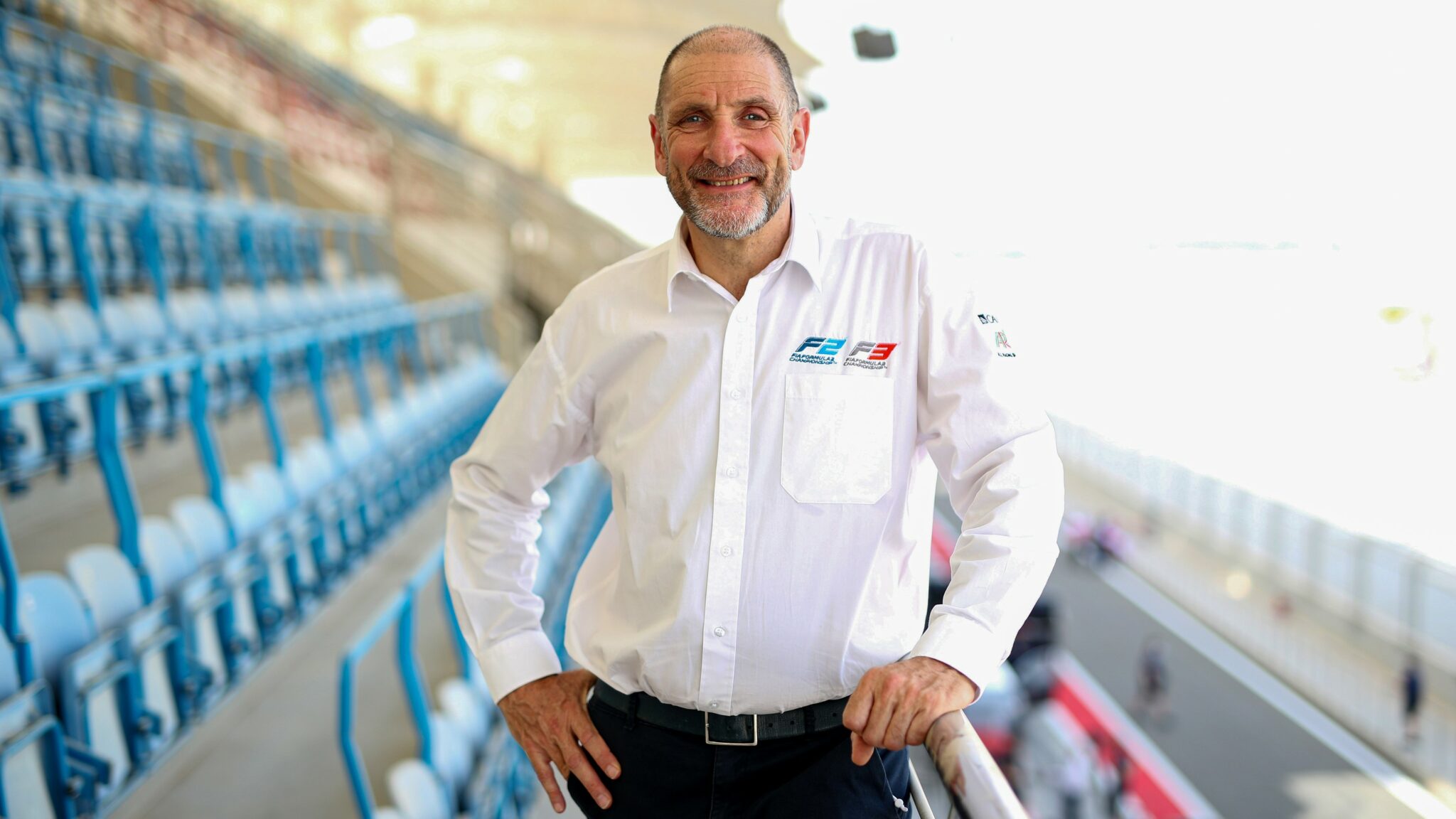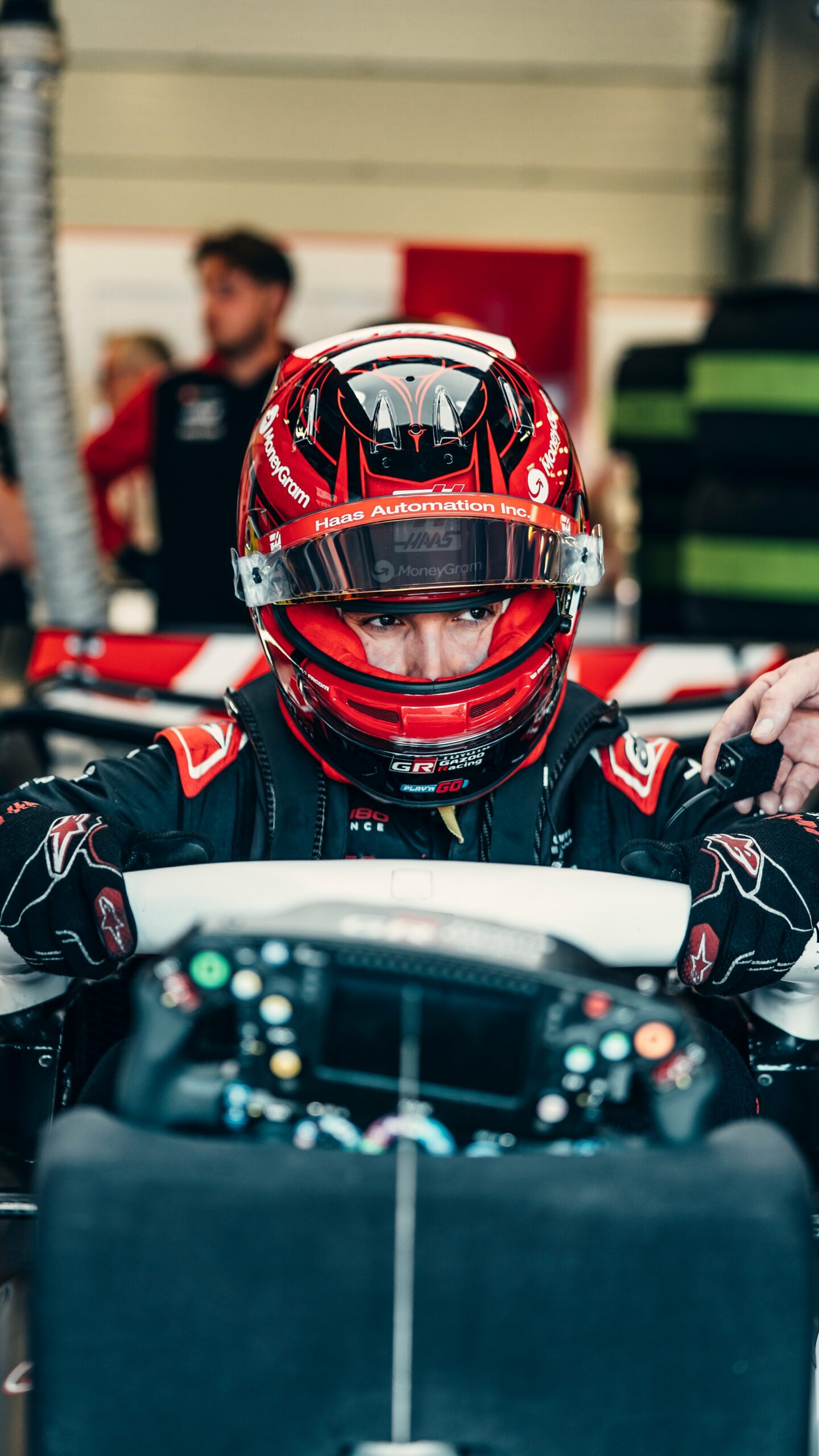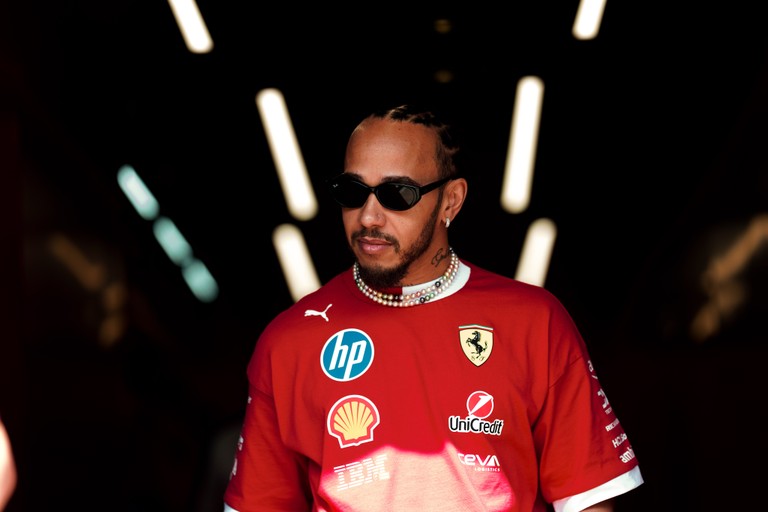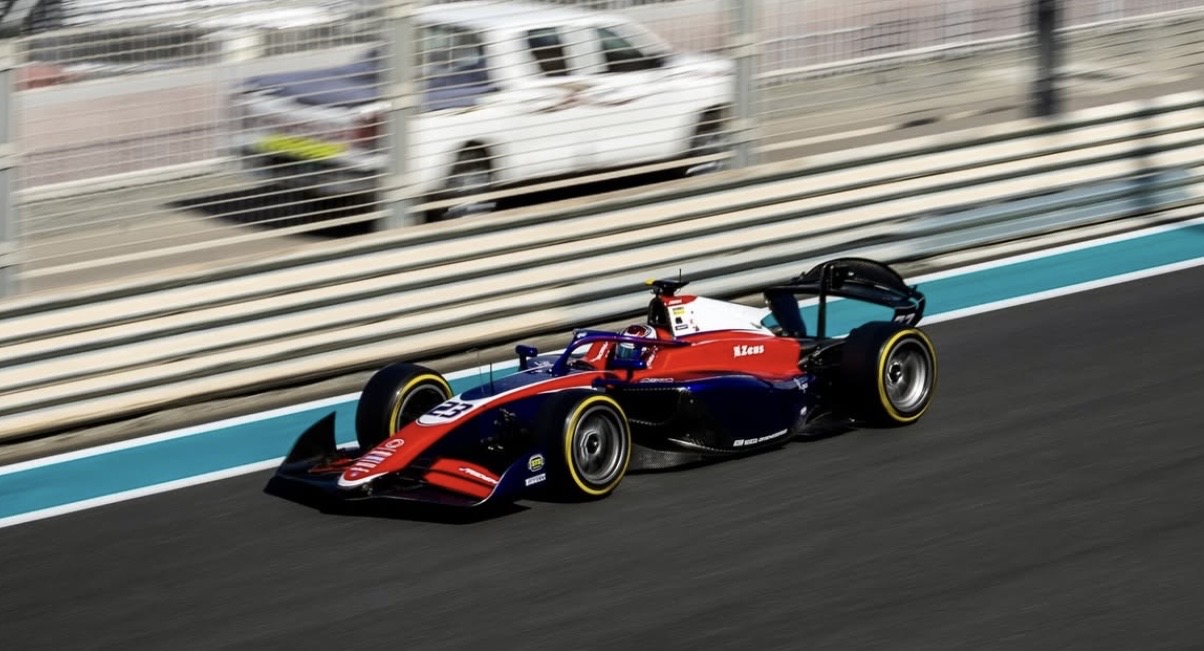Formula 3 will introduce a one-million-euro prize fund from the 2025 season, paid to the top five finishers in the standings. The champion earns €300,000, second and third receive €250,000 and €200,000, and fourth and fifth take €150,000 and €100,000. Crucially, recipients must graduate to Formula 2 the following year to unlock their award; if they do not, the prize transfers to the next eligible finisher. The initiative complements the established €300,000 Pirelli prize for the F3 champion and strengthens the ladder at the point where budgets tighten most. In a recent press conference attended by Pit Debrief, Formula 2 and Formula 3 CEO Bruno Michel set out the long-term intent, the funding model, and the conditions attached to ensure that the money translates into stable development at the next level.
A commitment that lasts
The series seeks to build confidence among teams, drivers, and sponsors by locking this support in for the foreseeable future. Rather than trial a short-term experiment, the organisers want the fund to become part of the sport’s financial fabric, shaping expectations and planning horizons across the paddock. In response to a question on whether the F3 prize fund could scale up in future, Michel emphasised certainty and durability as the core message.
“It’s something that is going to stay in the long term. It’s not just a one-off experience, it’s something that we’re doing from no one, and that will continue for many years.”
Funding from within the championship
The decision to finance the scheme internally matters because it preserves independence from commercial naming arrangements and ensures that governance remains aligned with sporting priorities. By keeping the fund on the championship’s books, F3 can calibrate support without the constraints of an external sponsor brief. When asked whether another partner would take naming rights or provide finance, Michel underlined the championship’s direct responsibility for the programme.
“No, it’s going to come from the championship itself. We’re not going to have a separate company doing that, and we’re not involved in the naming rights at all. So, it’s really a prize fund that is coming directly from the promoter [Formula 3].”
Why launch it now?
The launch does not reflect a scramble to fill seats in the next tier; rather, it stems from a judgement about fairness and the health of the pyramid. Costs still shape careers, even when F2 grids remain strong, and the fund aims to nudge promising drivers over the budgetary threshold needed to progress. Addressing why the new structure arrives now—and whether anything in recent years changed minds—Michel pointed to encouragement of the pathway as the guiding principle.
“Well, I cannot say that it was something that we were forced to do because at the end of the day, finding drivers for Formula 2 has not been an issue for the last few seasons, let’s put it that way. So I didn’t feel that there was a massive need to help the drivers because they could not finance their seat in Formula 2. On the other hand, I think it’s quite fair to do that. And I think it’s quite fair, as I said, to encourage the pyramid. And the fact that we’re helping F3 drivers to go to Formula 2 is something that is quite natural. Maybe we could have done it earlier, but at least we’ve done it this year, and we’ve [planned to do] it for a long time.”
Conditions that promote full-season development
The architecture of the prize matters as much as the headline figure. By tying payment to the completion of a full F2 season, the system rewards continuity, reduces churn, and prioritises a sustained learning curve. This approach supports teams as well as drivers, enabling better planning and more consistent feedback loops on and off track. When asked by Pit Debrief whether the prize is contingent on completing the season, Michel spelt out the intention behind the mechanism.
“What you’re saying is exactly the idea. We are doing that to make sure that the drivers are competing a full season in Formula 2. You probably realise that until [Formula 2] got to Baku, we had exactly the same drivers since the beginning of the year and towards after Monza, which is a quite good achievement. And that’s exactly what we want to try to see. So the prize giving will be fully given as long as the driver is fully competing on the season.”

Sharing the uplift across the top five
Talent at the sharp end of F3 often extends beyond a single standout. Distributing awards across the top five widens the gateway to F2, acknowledges the competitiveness of the field, and mitigates the risk that a marginal points swing determines who secures meaningful backing. In response to another question by Pit Debrief on whether the money should concentrate on one winner or be shared, Michel explained why breadth of support better serves the pyramid.
“Well, you can always do more. You can always do less. I think already a prize fund of one million euros is something that is quite important. And it’s good that we share it between the top five drivers. We could have decided to give it to only one driver, but I think it would not be fair.”
How far the money goes
Budgets for a modern F2 campaign exceed the awards available, but the new structure still moves the needle—especially when combined with existing prizes. The headline effect is greatest for the champion, who can now pair the Pirelli award with the new fund, yet even the lower tiers receive support that can unlock sponsorship and team conversations. Asked by Pit Debrief about the real-world impact—framed as between €100,000 and €300,000—Michel quantified the uplift and set expectations.
“So the idea to do it as it is, of course, is not going to finance a full season in Formula 2. There’s no doubt about that. Even if the first driver, if you add up what he’s already getting as a prize fund from Pirelli, plus what this prize fund will give to him, it’s going to be 600,000 euros. It’s already a good amount of money.”
He also addressed the practical reality for those further down the top five, noting that the award should be seen as leverage within a broader funding strategy rather than a complete solution.
“It’s true that for the driver P5 in the championship, 100,000 euros is not going to finance a full season of F2, but it’s already a help. And, you know, the drivers need to find money and generally find money from several sources and not only from only one, and that will be on them.”
The bigger picture
By committing long-term funding, keeping it in-house, distributing support across multiple contenders, and tying disbursement to a complete F2 season, Formula 3 strengthens the ladder exactly where drivers need it most. The policy incentivises excellence in F3, supports stability in F2, and gives promising racers practical momentum at a decisive stage of their careers.





